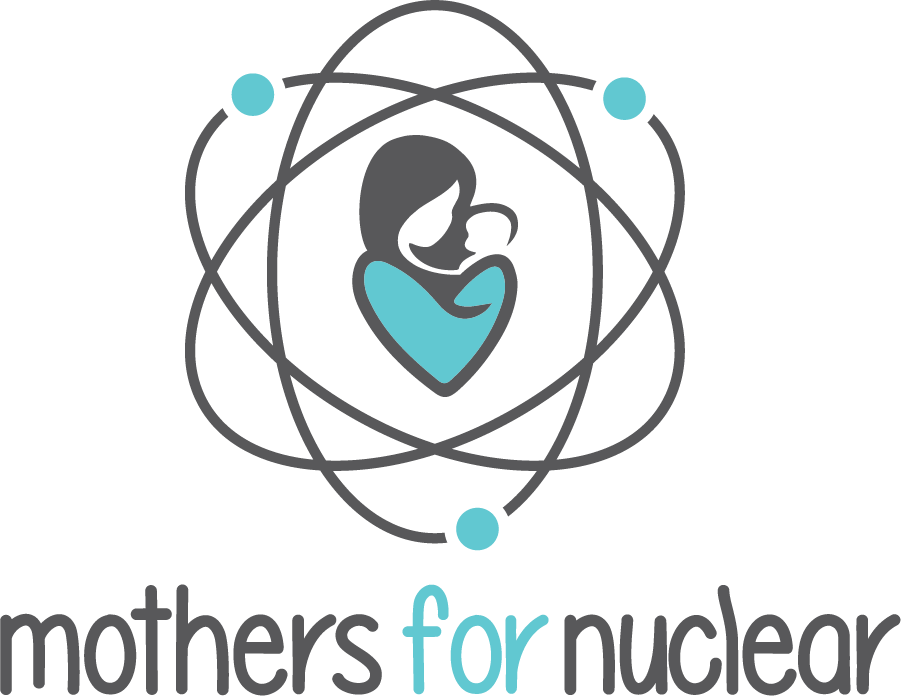Making the Green New Deal More Inclusive
Lots of big ideas are being thrown around about the Green New Deal, and we have some too. Check out what we recently published on Medium:
When I drop off my children at my local elementary school in California there is a huge mural that says: “Everyone Here Can Play.” Classrooms have “bully-free zone” signs. This is a far cry from the playgrounds of my youth, where bullies ruled, and inclusion was guaranteed only if you were part of the “in” crowd.
If only the emerging debate on clean energy policy was as inclusive.
Why do I say that? Because the Green New Deal, an effort aimed at rapidly decarbonizing our economy to stave off climate catastrophe is unlikely to succeed if nuclear energy, America’s largest source of zero-carbon electricity, is unfairly excluded.
It is equally clear we need to make drastic changes to our energy supply, and we need bipartisan support to do so. By tapping the power and ingenuity of our diverse society to pull together for effective CO2 reduction measures, we could decarbonize in the urgent timeframe our planet needs. Despite the division and rhetoric around us, we need everyone here to play together.
When it comes to low-carbon energy sources, everyone seems to have a favorite technology. Over 600 groups penned a letter to Congress to tell them which of our available carbon cutting measures should be “in” and which should be “out.” Purposely excluded was nuclear energy, our best hope for rapid action on climate change.
The February 7, 2019 resolution introduced by Representative Alexandria Ocasio Cortez and Senator Ed Markey uses technology-inclusive language like “clean, renewable, and zero-emission energy sources,” but this inclusivity may only be skin deep as a fact sheet distributed by Ocasio-Cortez’s office calls for a transition away from nuclear.
We hear the restrictive renewables-only mantra coming from many of those raising the alarm on climate and pleading us to “stand with science”, but the technology-exclusive rallying cry is in direct conflict with the diverse clean energy mix leading climate scientists tell us is needed to achieve the carbon reductions we need. My ears hurt from the sound of the irony.
Sidelining nuclear has real consequences for our climate: After several U.S. nuclear plants closed early, most of their emission-free electricity was replaced by power from gas-fired plants, and emissions went up. Now we see 12 more reactors in the US that may close early, which together produce as much power as all the homes in California consume.
Franklin D. Roosevelt launched the original New Deal in a time of gender inequality, Jim Crow, and widespread discrimination. In the 1930s everyone was not welcome on the playground. Despite that social landscape, the New Deal pulled our country together with a “can-do” call to action, enabling us to tap the power of our differences. The broader scope of the New Deal was a diverse portfolio of policies and changes that hoisted the country out of the Great Depression and injected hope when millions were gripped by despair. When we work together, we can achieve what once seemed impossible.
We have come a long way since the 1930s, but the partisan politics of today have people picking sides, lining up as “us” vs “them.” The only thing we can agree on is that we don’t agree.
More than just low carbon, a diverse energy mix has broad appeal no matter your politics — we can lower costs, increase reliability, conserve land and natural resources, and boost our economy along the way. We need nuclear. We need renewables. We need everything else in between — and we need to get out of our corners and work across the aisle to get there.
If the Green New Deal is to succeed, it will depend on our coming together to transcend our divisions and move our energy policy to a truly inclusive state. The playground of our future should be one where all low-carbon energy sources can bring their best game.

